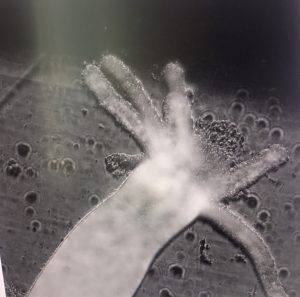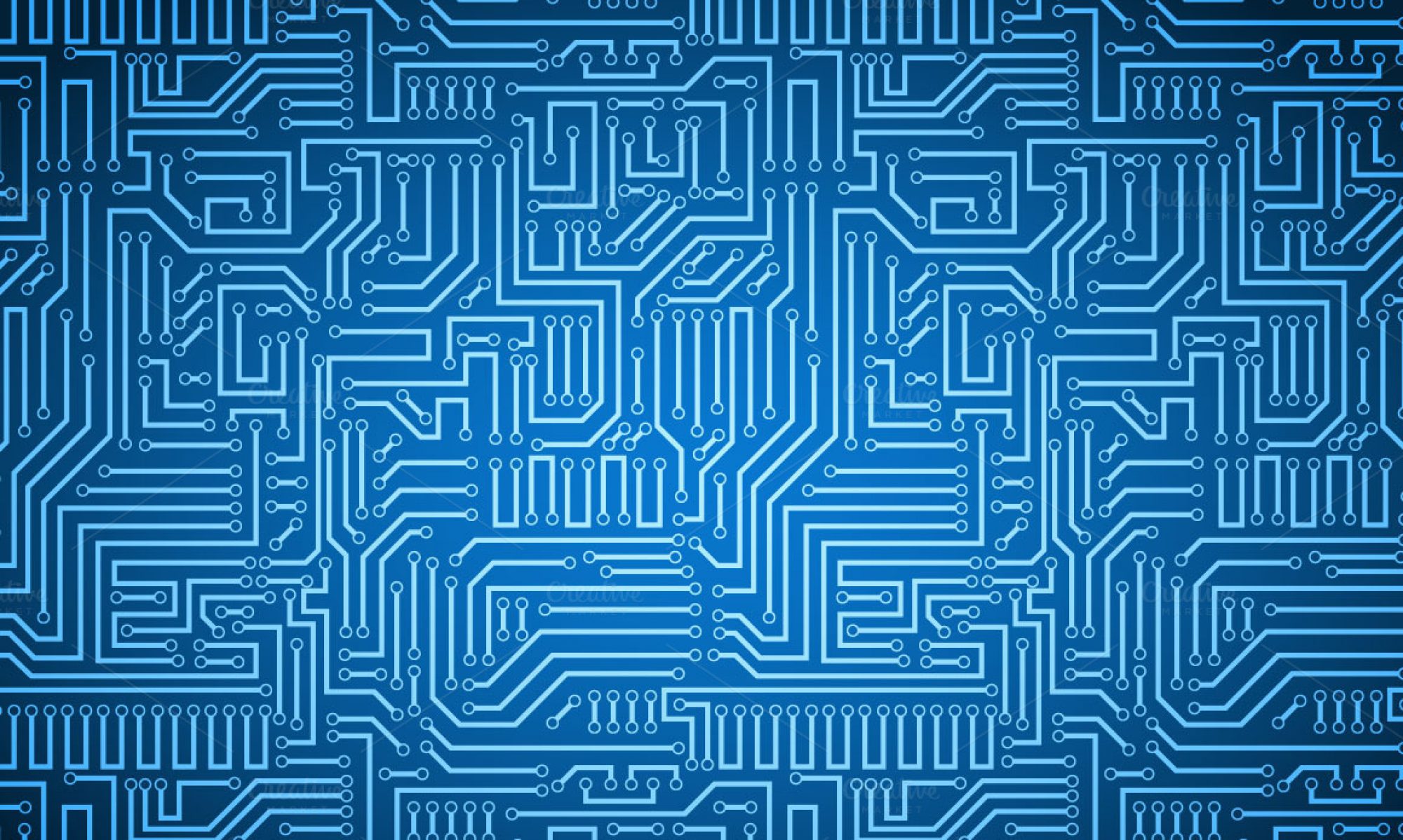Now that all the computers are set up except for the one with the monitor that will be using for data processing, we started collecting low resolution image stacks from the hydras we received from Swarthmore’s biology department.
By placing the hydra into a dish and stabilizing it with a square plastic cover, we are able to observe the hydra under the Fourier Ptychographic microscope and collect photos using the camera.

We took photos with three different diameters of the LED matrix, specifically 9, 11 and 13. By lighting up different ranges of LED lights, we were able to create three low resolution data sets with 1 low resolution stack per diameter. After taking these datasets, we will decided that the 10x magnification is best if we want to be able to image the entire hydra rather than a part of that hydra.
Shift-add algorithms and the iterative reconstruction algorithm will be implemented once the computer with the algorithms is set up.
